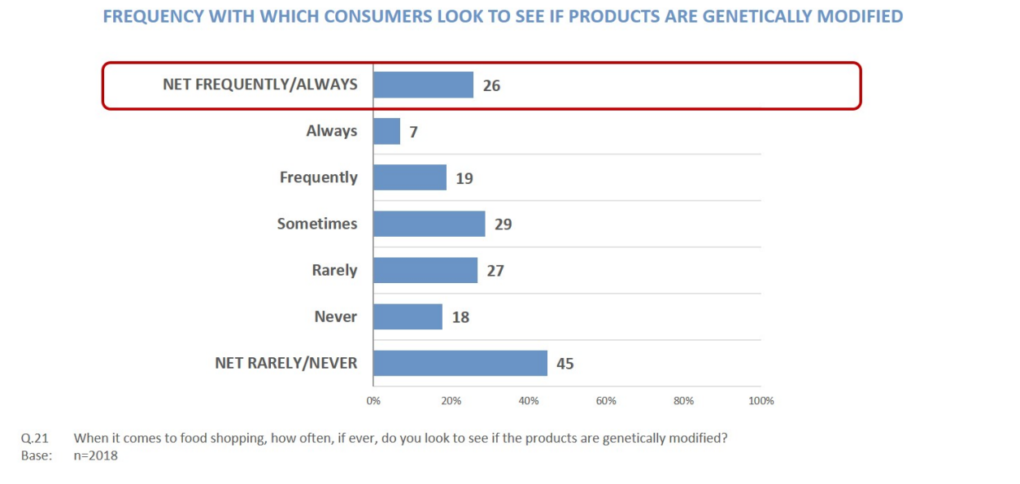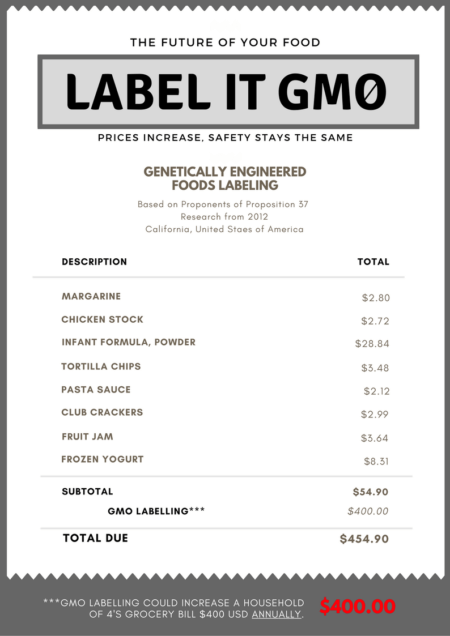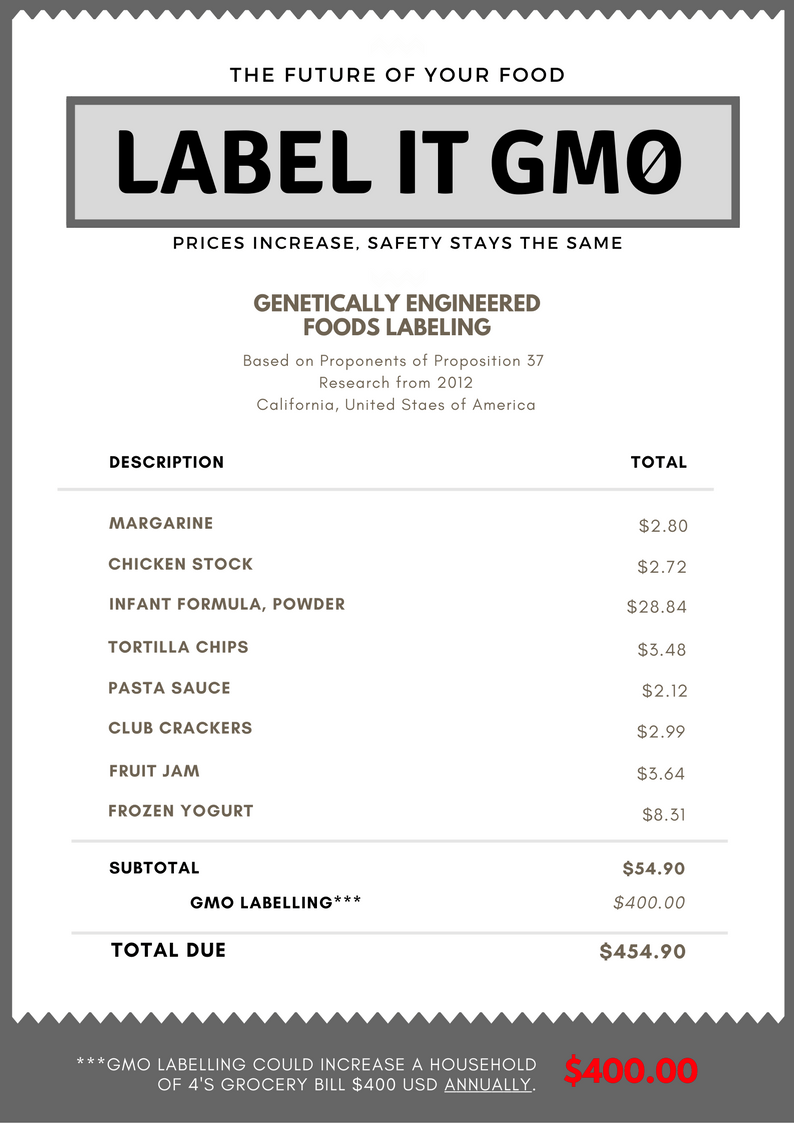GM salmon available for sale in Canadian grocery stores – is this a GM food label you’re looking for?
In August GM salmon started appearing in grocery stores. This is an exciting time for the Canadian food industry as this is the first genetically modified meat product to be available to consumers. At times, it seemed that GM salmon wouldn’t make it to the market due to regulatory delays and criticisms by environmental non-governmental organizations (eNGOs). After years of reviewing the GM salmon, Canada’s food regulatory agencies concluded that it’s as safe as all other farmed salmon, therefore it does not require any labels. This is an excellent example of safe food products not requiring additional, expensive labels.
eNGOs and anti-biotech critics constantly claim that 90% of consumers want products labelled for GM content. But is this really true? Results of this level are obtained by asking a question like, ‘Would you like food products to be labelled for genetically modified ingredients?’, however, that is a leading question. Instead, the question should be, “when you think of a food label, what information is missing?’ When asked this way, 4% of consumers respond with GM.
As the former style of survey questions proved to be of limited value, Health Canada commissioned a different study. In their survey, consumers were specifically asked how often they read product labels to see if the product contained, or didn’t contain GM ingredients. As is shown below, only 7% of consumers always look for labels of this nature.

This survey also asked consumers if they wanted products labelled for GM content, with 78% indicating that they did. The response to this highlights a contradiction among consumers. If 78% of consumers truly wanted GM labels, then more than 7% would always be reading labels for GM content. With 45% of consumers reporting that they rarely or never read food labels, the 78% in favour of GM labels can’t be viewed with much confidence.
 The interesting aspect of this kind of survey question is that consumers are never asked about how much more they would be willing to pay for GM labels. One study has examined the cost of adding labels for GM content, estimating the cost to be an additional US$400/year per family of four. Clearly, if consumers are going to have to pay an extra US$400/year to buy the same bundle of groceries that they are currently purchasing, support for GM labelling is going to fall even further.
The interesting aspect of this kind of survey question is that consumers are never asked about how much more they would be willing to pay for GM labels. One study has examined the cost of adding labels for GM content, estimating the cost to be an additional US$400/year per family of four. Clearly, if consumers are going to have to pay an extra US$400/year to buy the same bundle of groceries that they are currently purchasing, support for GM labelling is going to fall even further.
While anti-GM activists state that 90% of consumers demand GM labels, the Health Canada report reveals that this is in fact only 7%. From a policy perspective it’s concerning how GM labels and consumer preferences are being misrepresented by eNGOs lobbying policy makers and politicians saying 90% of consumers want products labelled for GM, when in reality, Health Canada finds the reverse to be true at 7%. So how are policy makers and politicians to know the true level of support for GM label?
If GM labelling becomes mandatory, it could needlessly raise the cost of food for all consumers. Labelling a food product as a GM food doesn’t change the nutrition or the safety of the food product, those would be equal to the non-GM food products. The majority of Canadians indicate that they rarely or never even look to see if a product is GM or not, this simply isn’t an issue for most consumers. eNGOs that are lobbying for all food products to be labelled for GM ingredients, simply want to drive up the price of all food products so that organic food products no longer look too expensive.
The Health Canada study confirms that very few Canadians want food products to be labelled for GM content. If more consumers wanted GM labels, this would be revealed by a far higher percentage of consumers always looking for GM info on food product labels. If you have any comments or concerns about the way food products are labelled in Canada, the Canadian Food Inspection Agency wants to hear from you. Click here to contact the CFIA.


